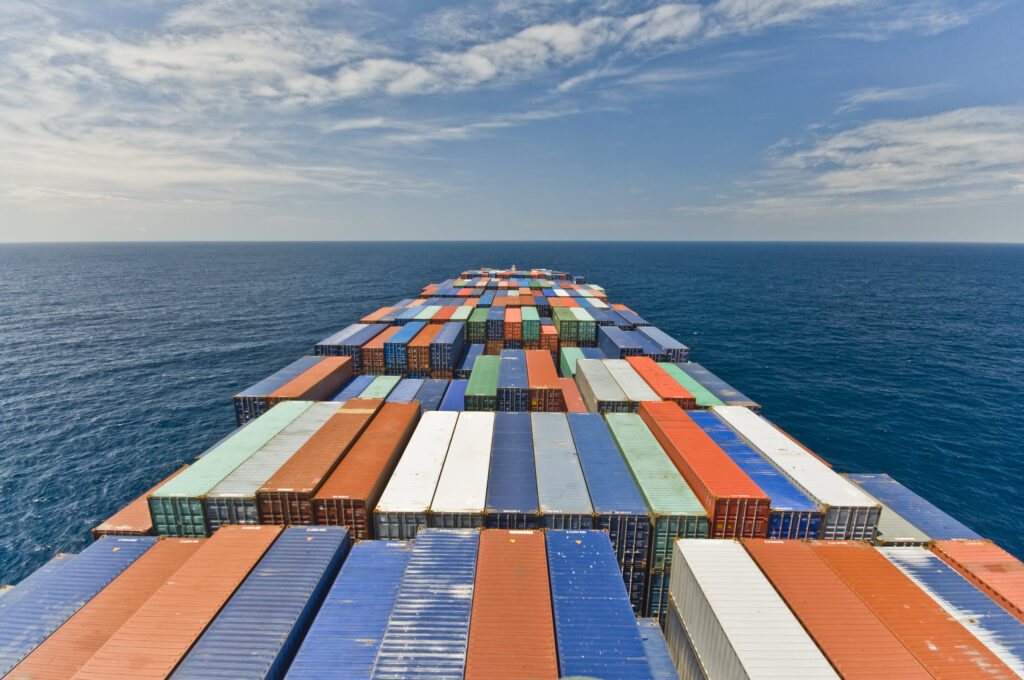It’s no surprise that the global pandemic had an impact on the supply chain—from rushing from store to store only to find empty shelves where toilet paper should have been, to delays in almost everything ordered online, to limited supply for lumber, steel, and automobiles—the impacts to the supply chain over the past few years have been vast and felt by people around the world in every industry.

However, some of these shifts were set in motion prior to the global pandemic. The rise of online shopping and the gig-economy have played a heavy–hand in terms of shifts in demand and delivery methods to legislation. The rise of e-commerce has led long-standing supply chain companies to rethink their business models. The Wall Street Journal recently published an article discussing how FedEx is restructuring its fleet to combine ground and express delivery networks, in a push for efficiency. At the same time, there are new economic factors today that weren’t present in 2019.
At GSC, we’ve been operating in the shipping logistics industry for over 30 years, specializing in drayage, trans-loading and cross-dock services, in addition to our nationwide brokerage. We’ve been at the helm of the industry for over three decades. We’ve tapped our industry experts here at GSC to share five top-of-mind ways they’ve seen the industry change in the past five years while shedding light on what may lie ahead.
Ebbs and flows are common.
Over the past three years, the shipping industry has predominantly been experiencing record–high volumes. The need for required PPE combined with more people at home ordering goods created an influx in imports. While the delta between the imports this year compared to last year is certainly larger than we’ve seen in a while, the delta between 2023 import data and 2019 import data doesn’t paint as drastic of a picture. While the current economic state is a factor, we’re seeing the current dip in shipping volume as a return of seasonality to the shipping industry—a common trend from January to March in most years.
Technology is king.
With the influx of data at our fingertips, this has also become a standard practice in the shipping industry. We have seen an increase in the reliance on and integration of real-time data. At any given moment, at GSC we know where a container is, if the container is delayed in transit, what the status and next steps for that container are. These real-time insights allow us to better collaborate with our clients to ensure they can answer any timely questions regarding the movement of various purchases they’re tracking.
Legislature could shape the future of shipping.
What is California AB5? It’s legislature that’s been introduced in California requiring companies that hire independent contractors to reclassify them as employees. This legislature proposed quite the conundrum to the trucking industry, with many articles being published discussing strategies for trucking fleets and owner-operators. We predict we’ll see this legislature introduced in other states in the future. Successful nationwide shipping partners will be able to easily adapt to more rulings like AB5 in other states, while also operating in previously known business models in states without this specific legislature.
Port diversification.
We’re seeing many clients increase their diversity in the number of ports they choose to import into. During COVID with many of the supply-chain breakdowns, we saw ships stack up in LA. During this time, the Port of Oakland started to get some first-call ships over L.A. and Long Beach. Overall the logistics breakdown during the height of COVID demonstrated the need for port diversification for many businesses.
Change is constant.
Over the past 35 years, we’ve witnessed many changes to the industry and undergone ebbs and flows first-hand. Bracing for change and being ready to tackle new challenges that arise with the same tenacity we approach our everyday business with, has been key to our success and the success of others in our industry.
With all the industry changes we’ve seen over the last five years, GSC has managed to continuously grow our business and footprint. We’ve done this by prioritizing relationships above all else, being proactive and listening to client requests and staying tapped into our carriers’ needs (also known as drivers) and through this we’ve been able to adapt to industry changes and we continue to set the gold standard for service in the logistics industry.
Want to learn more about what GSC does? Check out our services and solutions here.



